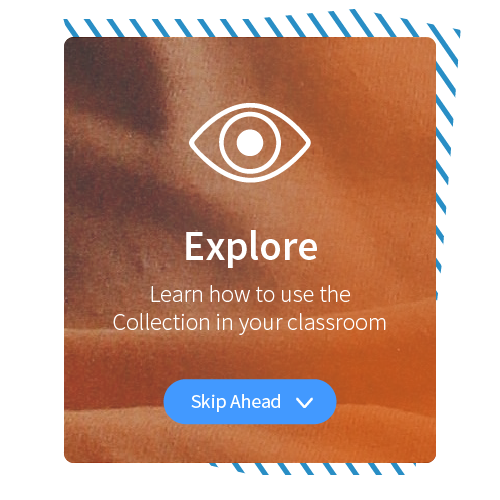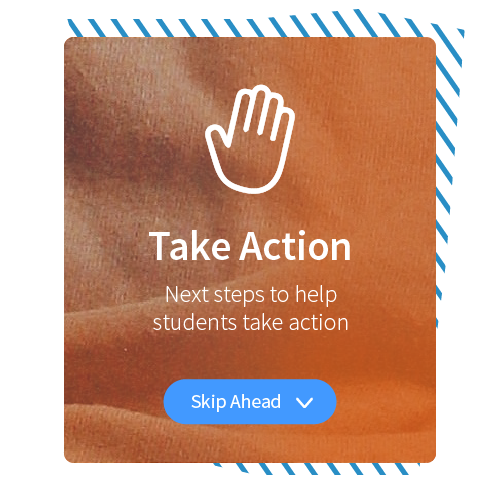Truth, Reconciliation, and Teaching Residential School History
As Canadians encounter more about the history of residential schools across the country, teaching this part of Canada’s past—and its impacts on the present—have become more important than ever.
Education has always been the first and most important sphere of action towards reconciliation, and all students need to know the history of residential schools and understand their impacts on Indigenous peoples. Teachers, then, need to be equipped to guide their students through difficult material and challenging ideas with accuracy, authenticity, and sensitivity. While this is no small task, teachers aren’t alone in carrying it out, and thoughtful materials and strategies from trusted sources can help to get started on the right foot.
If you’re not yet using Edwin, you can use these resources and more with an Edwin Free Trial.
Featured Collection
On September 30th, we commemorate Orange Shirt Day and the National Day for Truth and Reconciliation. This day is about recognizing the harmful legacy of residential schools for Indigenous peoples across Canada. It is also about recognizing how Indigenous communities have designed schools and ways of learning that celebrate Indigenous language and identity.
Recognizing Indigenous Excellence in Education
This Collection explores how innovative approaches to education are creating brighter futures for all Canadian students. Find more Orange Shirt Day Collections below.
The Learning Goals for this Collection are:
Consider the harmful legacy of residential schools.
Visualize a general timeline of residential schools in Canada.
Compare examples of Indigenous excellence in education with the basic structure of residential schools.
Note: Before any discussion of residential schools with your students, ensure that you are prepared to address every aspect of this topic with sensitivity and care. There may be students in your class whose relations and ancestors include survivors of residential schools. These students should never be singled out, but assuming that all of your communication takes them into account will ensure that all students learn in a safe and supportive environment.
How to Use this Collection
It may be difficult for students to reconcile the realities of residential school with what they already know about Canadian history. For younger students, the guiding concepts of chronological time and historical orientation may not yet be in place. There is, however, always a level-appropriate way to approach the existence of residential schools and their impacts. This Collection is best for intermediate grades and above, as a basic understanding of historical periods allows students to orient themselves with the 19th century as the chronological starting point for the residential school program in Canada.
Essential Background Information
This Learning Object is an informational report that provides a basic account of the history of residential schools in Canada from the late 19th-century to the Canadian government’s apology in 2008. Knowing the initial chronology of when the schools started and how long they lasted is an important first step.
Representing Experiences
In contrast to the informational nature of the first Learning Object, this is a personal narrative that takes place in the contemporary present. There are many powerful examples of art, literature, activism, and research that can teach us about residential schools. Accessing different perspectives on this challenging topic helps students to understand its human scale and see the bright future of Indigenous education.
This Learning Object is a short narrative about a visit to see artist Christi Belcourt’s stained glass panels on residential schools at Parliament Hill.
Promoting Reflection and Connection
The central activity of the Collection is a form of “timeline,” though its intention is really to go beyond the linear expectation of present to past that the timeline suggests. What comes before residential schools and colonial contact for Indigenous peoples? What points on such a line are taking place in the present? How might it extend to the future? As students graphically represent this expanded view of residential schools, they can also plot their own place on the line and think about how they are connected to both the history and future of residential schools.
What comes before residential schools and colonial contact for Indigenous peoples?
What points on such a line are taking place in the present?
How might it extend to the future?
From Understanding to Action
Bringing accurate, authentic, and conceptually sound understanding of the history of residential schools to all students is no small task. But it also cannot be the end of the story (or the timeline, so to speak) – all Canadians are called to find themselves in the future of Reconciliation.
This task is intended to build a foundation of understanding and connectivity for students; the next step is for them to think about how their community can respond.
Next Steps
Commit to a Plan
Again, the task of integrating comprehensive coverage of residential school history is demanding, especially for grades where it has not been named in curriculum. A simple way to start, though, is to make a plan, however simple, and stick to it. It may be choosing a shared reading that addresses residential school experience, or having the class observe Orange Shirt Day and carry out a related activity, like the one outlined in this Collection. Making the goal small and manageable to start will build momentum and opportunities to expand. Share your plan with your colleagues – there may be ways to work together or scale your efforts to increase your reach and impact
Be Open to Connections
Now more than ever, students may come to class with questions about residential schools and Truth and Reconciliation. Having a foundation of fact and understanding is an important start, but so is remaining open to connections beyond initial or intentional coverage – across the subjects, students may be prompted to orient their learning within the context of residential schools. With some flexibility and support from sound sources, these can be opportunities for Truth and Reconciliation to be an integrated and consistent element of all students’ experiences.




















